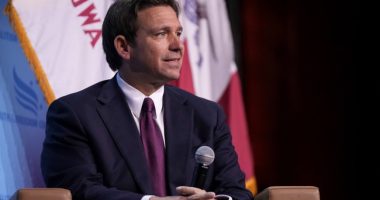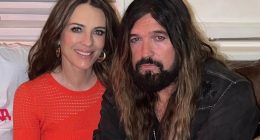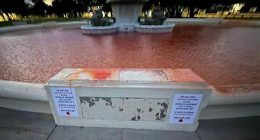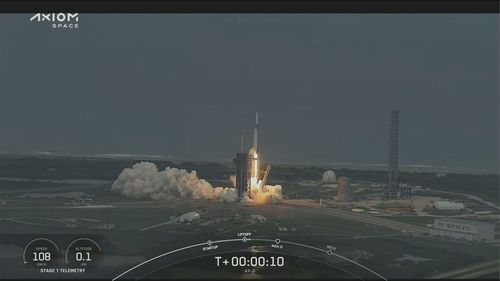
Sponsored by the Saudi Arabian government, Rayyanah Barnawi, a stem cell researcher, became the first woman from the kingdom to go to space. She was joined by Ali al-Qarni, a fighter pilot with the Royal Saudi Air Force.
“This is a dream come true for everyone,” Barnawi said before the flight. “Just being able to understand that this is possible. If me and Ali can do it, then they can do it, too.”
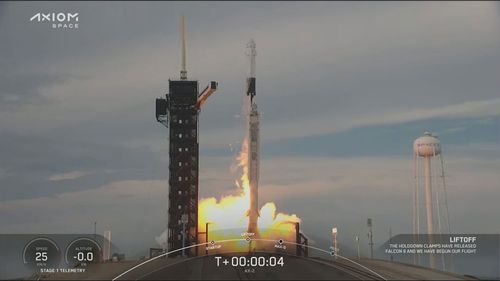
Rounding out the visiting crew: Knoxville, Tennessee’s John Shoffner, former driver and owner of a sports car racing team that competes in Europe, and chaperone Peggy Whitson, the station’s first female commander who holds the US record for most accumulated time in space: 665 days and counting.
It’s the second private flight to the space station organised by Houston-based Axiom Space. The first was last year by three businessmen, with another retired NASA astronaut. The company plans to start adding its own rooms to the station in another few years, eventually removing them to form a stand-alone outpost available for hire.
Axiom won’t say how much Shoffner and Saudi Arabia are paying for the planned 10-day mission. The company had previously cited a ticket price of $55 million each.
Read Related Also: ‘Love Is Blind’ Star Marshall Glaze Apologizes For Past Tweets
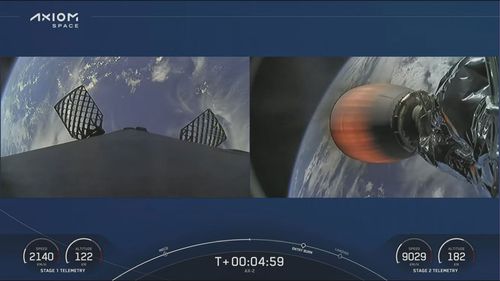
NASA’s latest price list shows per-person, per-day charges of $2000 for food and up to $1500 for sleeping bags and other gear. Need to get your stuff to the space station in advance? Figure roughly $10,000 per pound ($20,000 per kg), the same fee for trashing it afterward. Need your items back intact? Double the price.
The guests will have access to most of the station as they conduct experiments, photograph Earth and chat with school children back home, demonstrating how kites fly in space when attached to a fan.
After decades of shunning space tourism, NASA now embraces it with two private missions planned a year. The Russian Space Agency has been doing it, off and on, for decades.

Satellite shows darkness swallow Western Australia during eclipse
“Our job is to expand what we do in low-Earth orbit across the globe,” said NASA’s space station program manager Joel Montalbano.


